The historical dictionaries present essential information on a broad range of subjects, including American and world history, art, business, cities, countries, cultures, customs, film, global conflicts, international relations, literature, music, philosophy, religion, sports, and theater. Written by experts, all contain highly informative introductory essays of the topic and detailed chronologies that, in some cases, cover vast historical time periods but still manage to heavily feature more recent events.
Brief AZ entries describe the main people, events, politics, social issues, institutions, and policies that make the topic unique, and entries are cross-referenced for ease of browsing. Extensive bibliographies are divided into several general subject areas, providing excellent access points for students, researchers, and anyone wanting to know more. Additionally, maps, photographs, and appendixes of supplemental information aid high school and college students doing term papers or introductory research projects. In short, the historical dictionaries are the perfect starting point for anyone looking to research in these fields.
Historical Dictionaries of Diplomacy and Foreign Relations
Jon Woronoff, Series Editor
U.S. Diplomacy from the Civil War to World War I, by Kenneth J. Blume, 2005.
United StatesChina Relations, by Robert Sutter, 2006.
United StatesLatin American Relations, by Joseph Smith, 2007.
United StatesJapan Relations, by John Van Sant, Peter Mauch, and Yoneyuki Sugita, 2007.
United StatesMiddle East Relations, by Peter L. Hahn, 2007.
U.S. Diplomacy since the Cold War, by Tom Lansford, 2007.
United StatesSoutheast Asia Relations, by Donald E. Weatherbee, 2008.
United StatesRussian/Soviet Relations, by Norman E. Saul, 2009.
United StatesAfrica Relations, by Robert Anthony Waters Jr., 2009.
AngloAmerican Relations, by Sylvia Ellis, 2009.
U.S. Diplomacy from World War I through World War II, by Martin Folly and Niall Palmer, 2010.
Chinese Foreign Policy, by Robert Sutter, 2011.
U.S. Diplomacy from the Revolution to Secession, by Debra J. Allen, 2012.
British Foreign Policy, by Peter Neville, 2013.
U.S. Diplomacy during the Cold War, by Martin Folly, 2015.
Historical Dictionary of U.S. Diplomacy during the Cold War
Martin Folly
ROWMAN & LITTLEFIELD
Lanham Boulder New York Toronto Plymouth, UK
Published by Rowman & Littlefield
4501 Forbes Boulevard, Suite 200, Lanham, Maryland 20706
http://www.rowman.com
Unit A, Whitacre Mews, 26-34 Stannary Street, London SE11 4AB
Copyright 2015 by Martin Folly
All rights reserved. No part of this book may be reproduced in any form or by any electronic or mechanical means, including information storage and retrieval systems, without written permission from the publisher, except by a reviewer who may quote passages in a review.
British Library Cataloguing in Publication Information Available
Library of Congress Cataloging-in-Publication Data
Folly, Martin H., 1957
Historical dictionary of U.S. diplomacy during the Cold War / Martin Folly. p. cm. -- (Historical dictionaries of diplomacy and foreign relations)
Includes bibliographical references.
ISBN 978-0-8108-5605-9 (cloth : alk. paper) -- ISBN 978-1-4422-4215-9 (ebook) 1. United States--Foreign relations--1945-1989--Dictionaries. 2. Cold War--Diplomatic history--Dictionaries. I. Title.
E744.F74 2015
327.73009'04503--dc23
2014023391
Able Archer 83 was a sophisticated simulation exercise involving U.S. and European forces and leaders, mimicking the processes involved in moving to the highest level of defense readiness below actual war, known as defense condition 1 (DEFCON 1). It began on 2 November 1983. This was reported by KGB agents, who themselves understood that it was an exercisebut Soviet practice was for their agents to report data but not their own analysis, which would be done at the center in Moscow. Consequently, there was some panic in Moscow for the days of the exercise, only relaxed when the exercise ended on 11 November. British agent Oleg Gordievsky, one of the KGB officers making the reports, told Great Britain and the United States of the misinterpretation that had taken place in the Kremlin. There is some evidence to suggest that Reagan was surprised to hear that the Soviet leaders seriously thought that the United States would attack, but that the revelation, and other indications he had at the time of Soviet jumpiness, had an influence on the shift in his policies from the start of 1984 toward reviving arms limitation discussions and seeking to defuse the nuclear tensions that could quite easily have escalated dangerously in November 1983. See also .
Creighton Abrams graduated from West Point in 1936. He distinguished himself in World War II as a tank unit commander in the Third Army in the European theater. He served on the Army General Staff (19451946) and at Fort Knox as head of the tactics department of the armored school (19461948) and commanded a tank battalion, followed by a regiment, in Western Europe (19491952). He attended the Army War College in 1953. He served in Korea from 1953 to 1954. He then had a series of postings in the United States, at Fort Knox and the Pentagon, rising to be major general in 1960, when he became commander of Third Armored Division.
Abrams was deputy chief of staff for operations in the Pentagon (19621963), then commanded V Corps in Europe (19631964). Promoted to general, he then became vice chief of staff of the army and then was appointed deputy to General

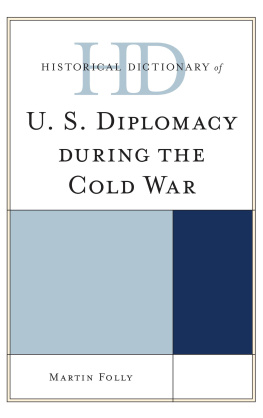

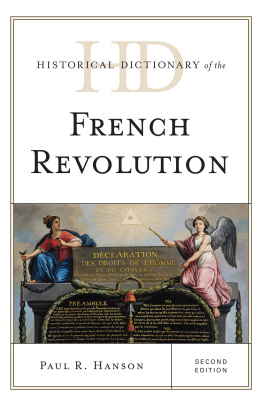
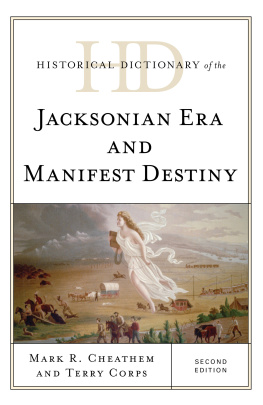

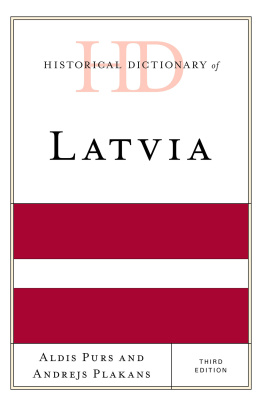


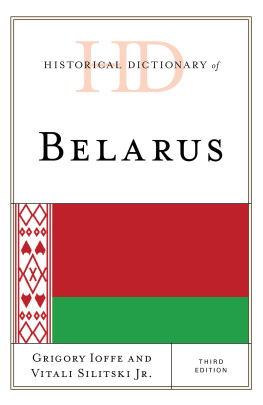
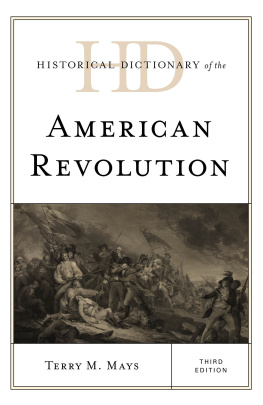
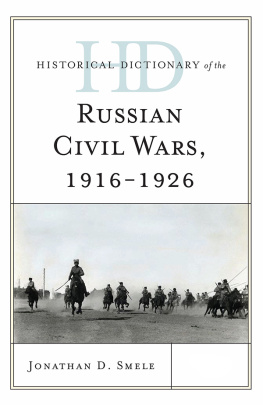
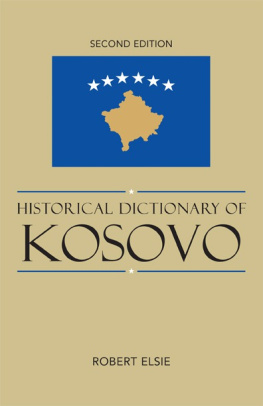
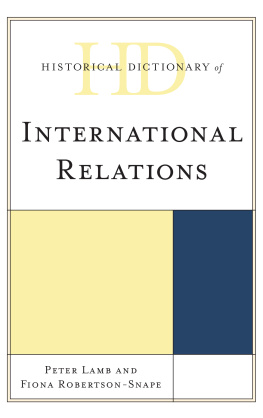
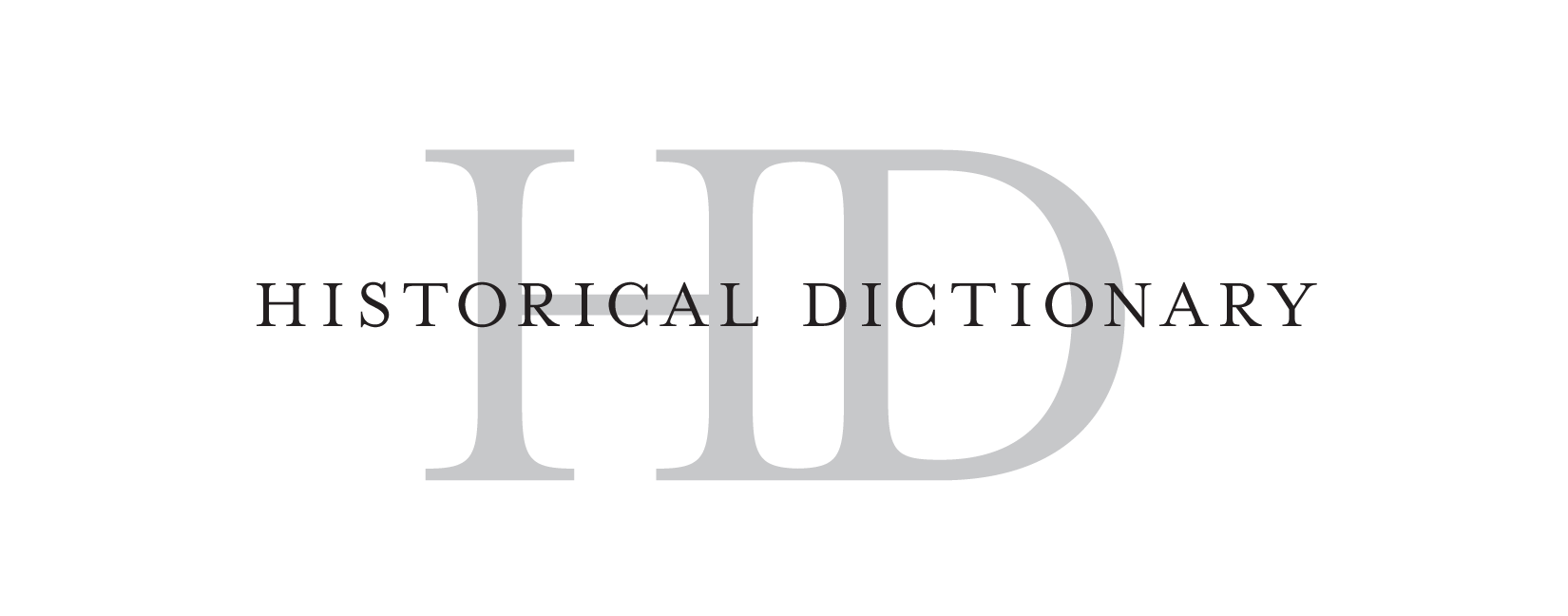
 The paper used in this publication meets the minimum requirements of American National Standard for Information Sciences Permanence of Paper for Printed Library Materials, ANSI/NISO Z39.48-1992.
The paper used in this publication meets the minimum requirements of American National Standard for Information Sciences Permanence of Paper for Printed Library Materials, ANSI/NISO Z39.48-1992.